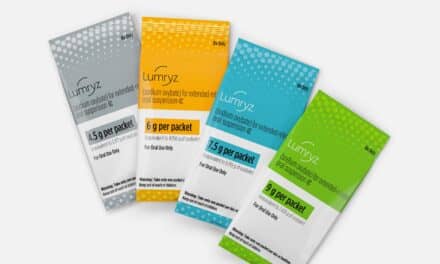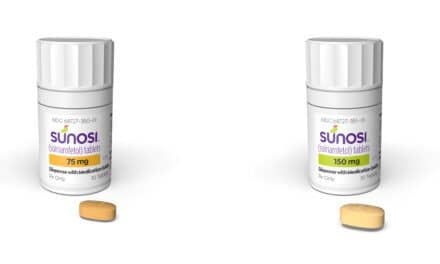Disturbed nocturnal sleep is a major complaint of patients with narcolepsy. In their research, Eus JW Van Someren, PhD, head of department, Professor of Neurophysiology, Department of Sleep and Cognition, Netherlands Institute for Neuroscience, Amsterdam, and colleagues found that skin temperature affects sleep onset and sleep depth in individuals without sleep complaints and in people suffering from insomnia.
Given that, in a study published in Sleep,1 the authors aimed to evaluate whether skin temperature manipulation was also effective in narcolepsy. During 2 nights, sleep was recorded polysomnographically while proximal and distal skin temperatures were manipulated using a comfortable thermosuit that induced skin temperature to cycle slowly with an amplitude of only 0.4?C within the comfortable range normally observed during sleep.
The study found that proximal skin warming significantly suppressed wakefulness and enhanced slow wave sleep (SWS). In contrast, distal skin warming enhanced wakefulness and stage 1 sleep at the cost of SWS and rapid eye movement (REM) sleep. The optimal combination of proximal skin warming and distal skin cooling led to a 160% increase in SWS, a 50% increase in REM sleep, and a 68% decrease in wakefulness, compared with the least beneficial combination of proximal skin cooling and distal skin warming, Van Someren reports.
Upon reflecting on the results, Van Someren says that the researchers did not expect that distal skin warming would adversely affect sleep; this was not previously reported in people without narcolepsy. “Over all of our studies, proximal skin temperature most robustly affected sleep,” he says.
So what do the findings mean for a clinical setting? “Although we found that controlled mild proximal warming using a thermosuit improved sleep, bed warming by means of a heating blanket is not advised,” Van Someren says. “The body temperature will rise to a level that doesn’t favor sleep.”
Feedback-loop-controlled systems need to be developed to continuously monitor skin temperature and manipulate the bed temperature from moment to moment in the best direction up or down. Such a system does not yet exist. A trick that uses the body’s own thermoregulatory system may help: raising body temperature through exercise or a warm bath, but only between 2 and 3 hours prior to bedtime.
Looking ahead, Van Someren says the need exists for the development of a bed with an integrated skin temperature sensing and manipulative feedback loop system to be tested in long-term field studies to find individual optimal manipulation schedules.
The bottom line is that effectiveness of current treatments for sleep complaints leaves room for improvement. Temperature manipulations may add to an integrated approach to sleep improvement, because thermoregulatory systems in the brain overlap in part with sleep regulating systems. Sleep is best when the environmental temperature or microclimate of the bed is neither too hot nor too cold, but such that skin temperature is perfectly comfortable.* To fall asleep and stay sound asleep, the brain should sense that circumstances are perfectly comfortable, so that it can tune down its primary tasks: to monitor the environment for opportunities and dangers, and to be prepared to act when they occur.
*Comfortable is slightly higher during sleep than during wakefulness. What is perfect is presently unknown, but studies by Van Someren and colleagues suggest that it is a temperature that induces the skin of the trunk to be between 34.5?C and 35?C.
Karen Appold is a medical writer in Lehigh Valley, Pa.
Reference
1. Fronczek R, Raymann RJEM, Romeijn N, et al. Manipulation of core body and skin temperature improves vigilance and maintenance of wakefulness in narcolepsy. Sleep. 2008;31(2).





